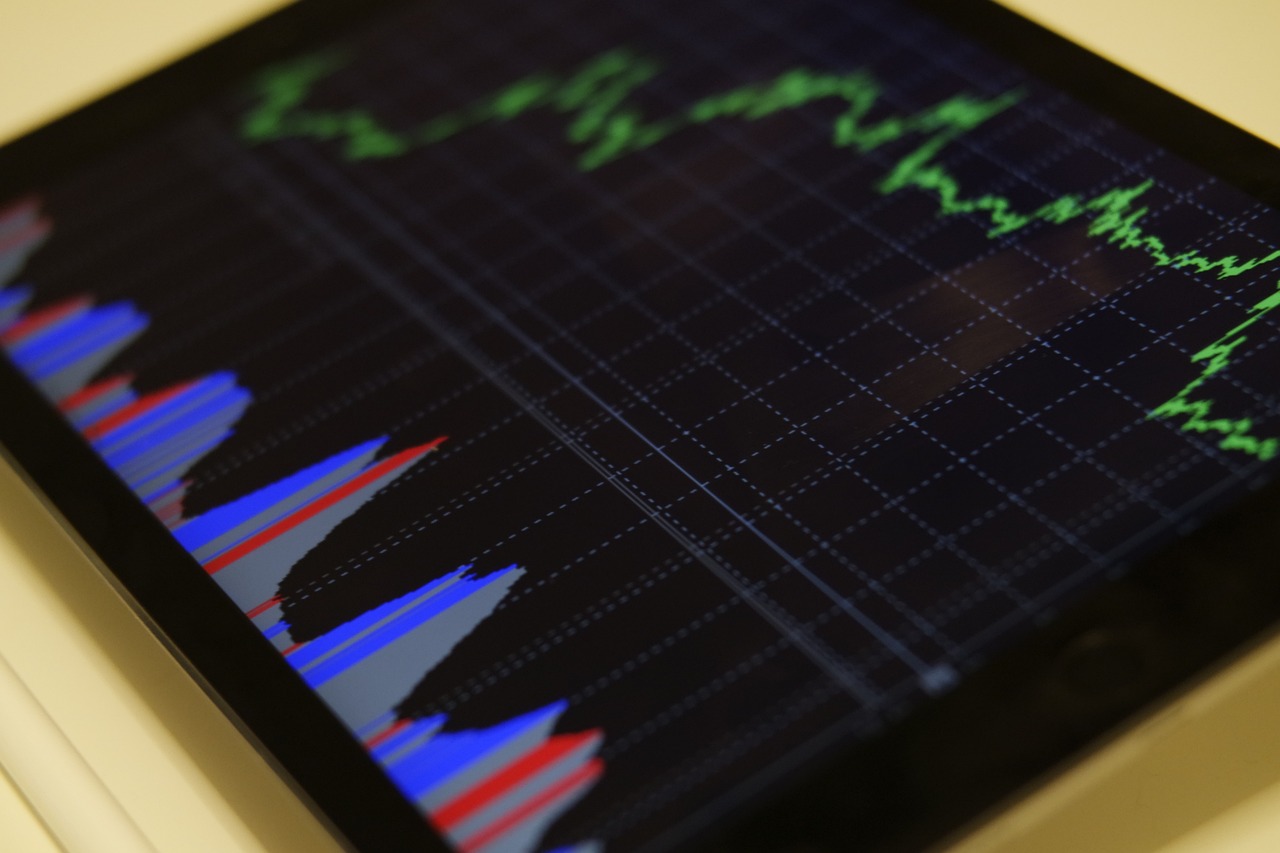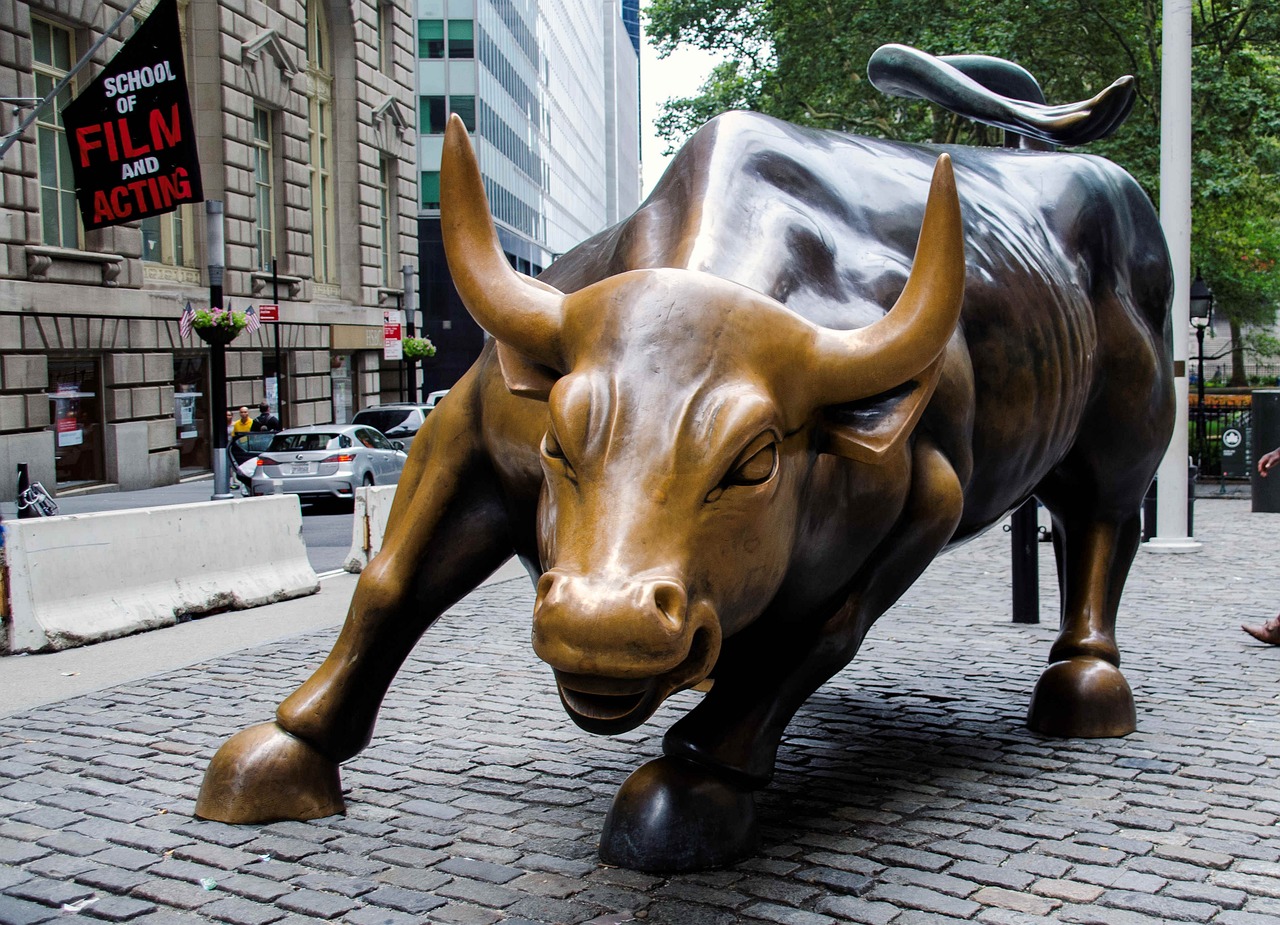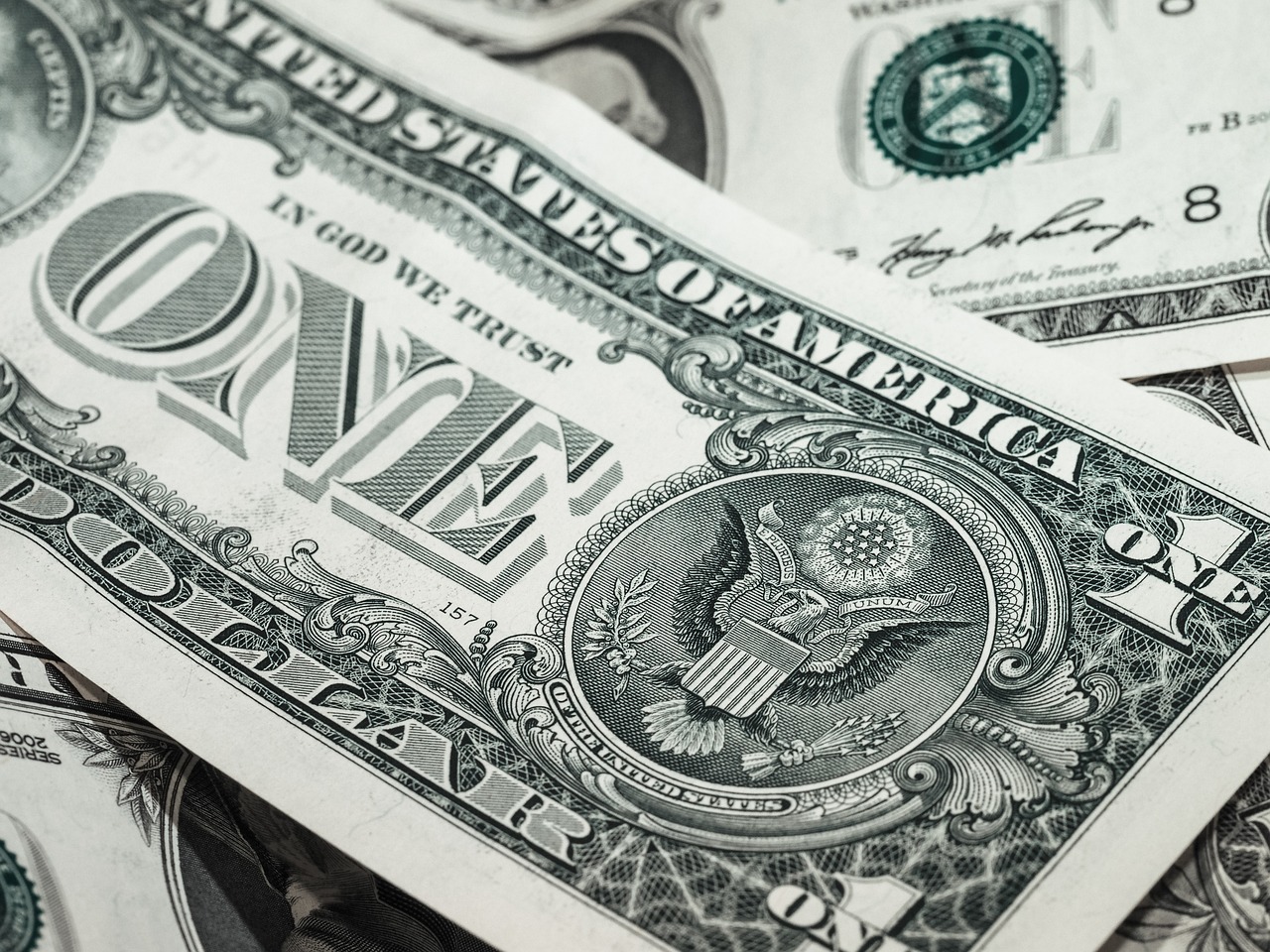Optimism doesn’t wait on facts. It deals with prospects. – Norman Cousins
After having been cast into the role of Santa Claus on September 18th offering his fellow citizens a reduction in interest rates of half a per-cent US Federal Reserve Chairman Jerome Powell ended the month cautioning his listeners not to be overly optimistic about future rate reductions stating “This is not a committee that feels like it is in a hurry to cut rates quickly.” The S&P 500, which had been trading up on the day, promptly declined almost 1% though recovering to close up on the day. And so ended the month and quarter with that index +2.14% for September, 5.89% for the 3rd quarter and 22.08% year to date. The quarter was a bit of a strange one with utility stocks outperforming information technology +19.37% to +1.61%, the average stock in the index returning 9.60% versus the “cap weighted” index’s 5.89% and foreign emerging markets and US small companies both returning just over 10%.
Given their recent challenges in correctly forecasting economic growth rates and financial market trends it perhaps shouldn’t be too surprising that prognosticators have ventured into a side gig of psycho analysis. We have been lectured increasingly to cheer up and celebrate the era of prosperity we’ve been given the good fortune to inhabit. Lower gasoline prices and a ripping stock market. What’s not to love? Apparently, a great deal based upon the current mood of our fellow citizens. To suggest that we’re not a particularly cheerful lot would be an understatement. The University of Michigan has been measuring the American people’s attitude towards their economic prospects for seventy-two years during which we’ve experienced three prior times mirroring our current rate of despondency, 1975, 1980 and 2008. The first two reflect times of high inflation and the third the Global Financial Crisis, We were at close to peak levels of cheerfulness in January 2020 just prior to the onset of the pandemic and at the historically most pessimistic in July 2022. So here is the question. If inflation has declined significantly since its peak level in June of 2022, why are we still so unhappy?
In 1951 the total value of financial assets in the United States were 32% greater than the size of our economy. Today, financial assets exceed it by 518%. In 1980 the value of the US stock market was 40% of our economy. Now it is 160%, meaning that in the past forty-four years the stock market has risen in value at a rate four times that of the growth rate of our economy. This is reflected by the dramatic variance in the growth rate of our incomes and our wealth. From 1970 to 2021 the average family income in the United States on an inflation adjusted basis increased by 22% but our individual net worth, again inflation adjusted, by more than 330%. This is the reason why in so many instances, our children, even in their peak earning years, cannot afford to purchase the houses in which their parents live. An additional effect is the migration of the wealth from the American middle class, those in the 50th to 90th percentile, whose 35.8% share of the wealth in 1990 has declined to 28.1% while the wealthiest 1%’s share now exceeds that of the American middle class rising from 23.4% to 31.8%.
So, what is bothering the American people? Perhaps it is that we are focusing on the wrong side of the equation relating to what we are purchasing and what we are using to purchase it with. Possibly our fellow citizens are now experiencing something that is being missed by most economic commentators. It isn’t the prices we are paying that are going up but the money that we are using that is declining in value. This is the state of reality in which we now find ourselves. Gold prices have risen by 46.29% in the past year and have outperformed the S&P 500 by 10%. The average price for a house was $285,000 in 2016. It is now $426,000. The price of an acre of farmland in Iowa has increased by 60% in the past five years. The issuance of new US Treasury debt was $1 trillion a quarter from 2000 to 2009 and $2 trillion until 2020 when it would reach $3 trillion. This year the level of issuance is $7 trillion increasingly financed through the issuance of treasury bills with maturities of one year or less increasingly purchased by banks with funds provided to them by the US Federal Reserve.
60/40 equity/fixed income investors were lectured coming into the year that bonds had lost their ability to contribute meaningfully to portfolio returns. Most emphatically for 2024 that has not been true. For the quarter portfolio returns were 5.20% with equities contributing 7% and the fixed income 2.5%. For the year to date those returns are 15% at the portfolio level with equities contributing 18% and fixed income 10.5%. 2022 was a year in which both bonds and stocks declined 15% to 20%. In 2023 equities recovered nicely but fixed income contributed relatively little. This year conservative and aggressive investors alike have much to celebrate.
Mark H. Tekamp/October 6, 2024











